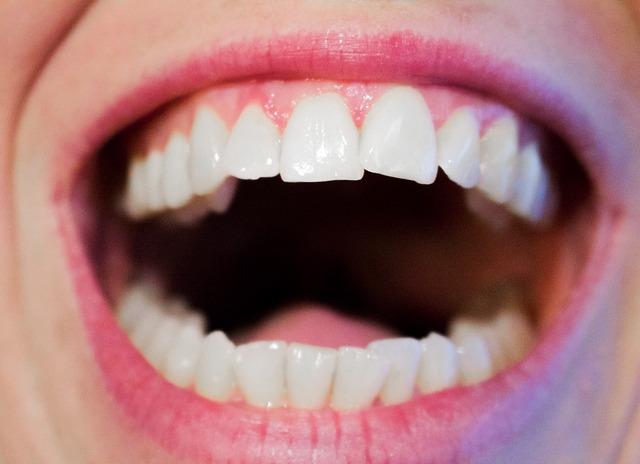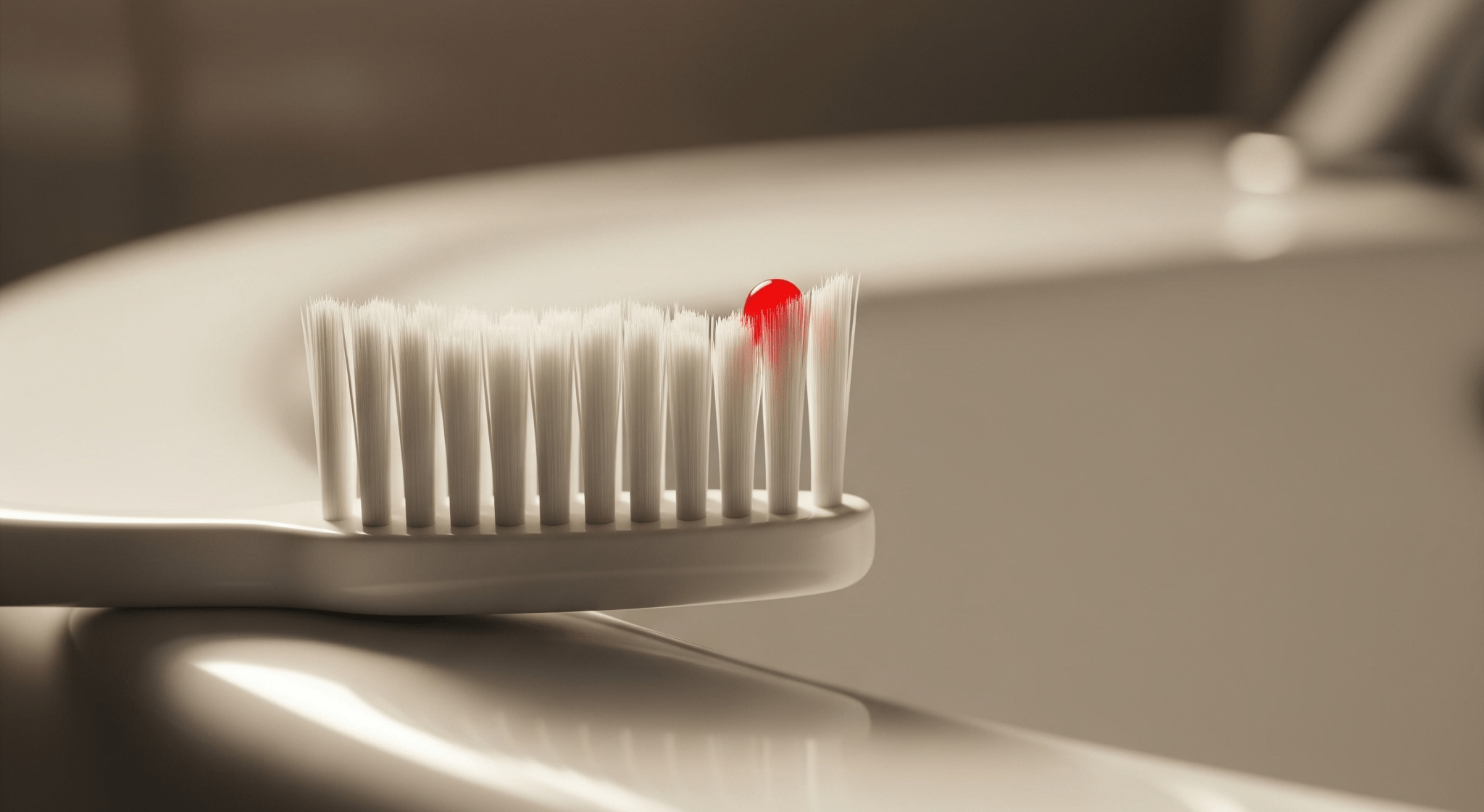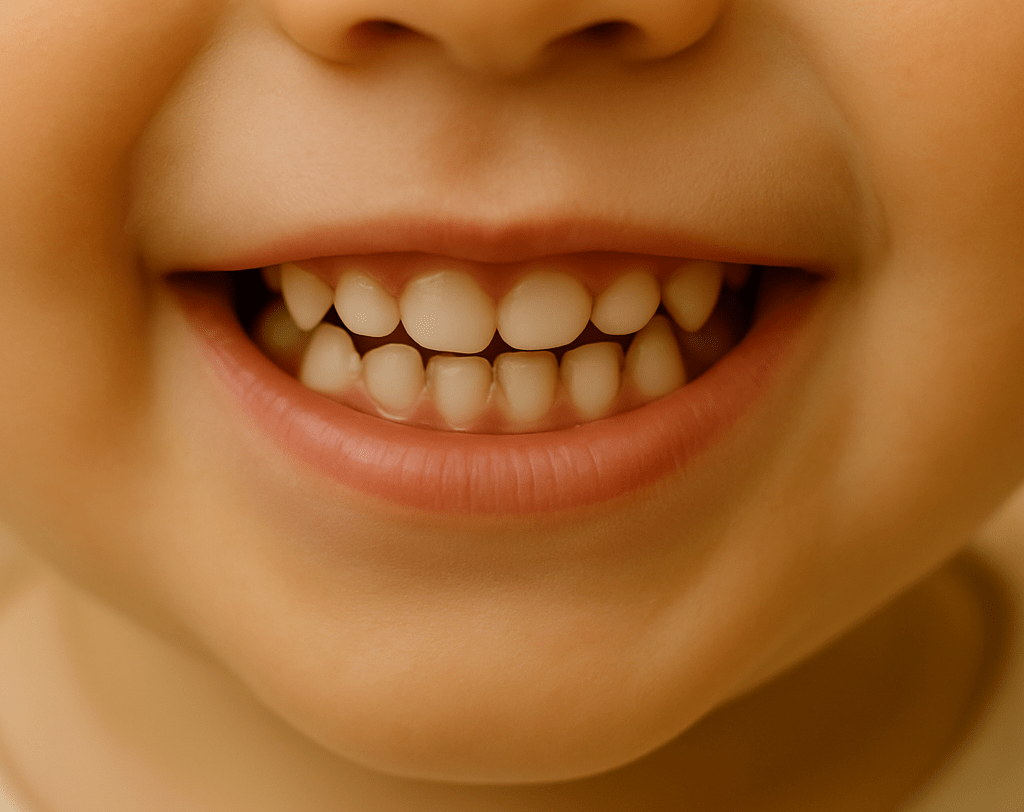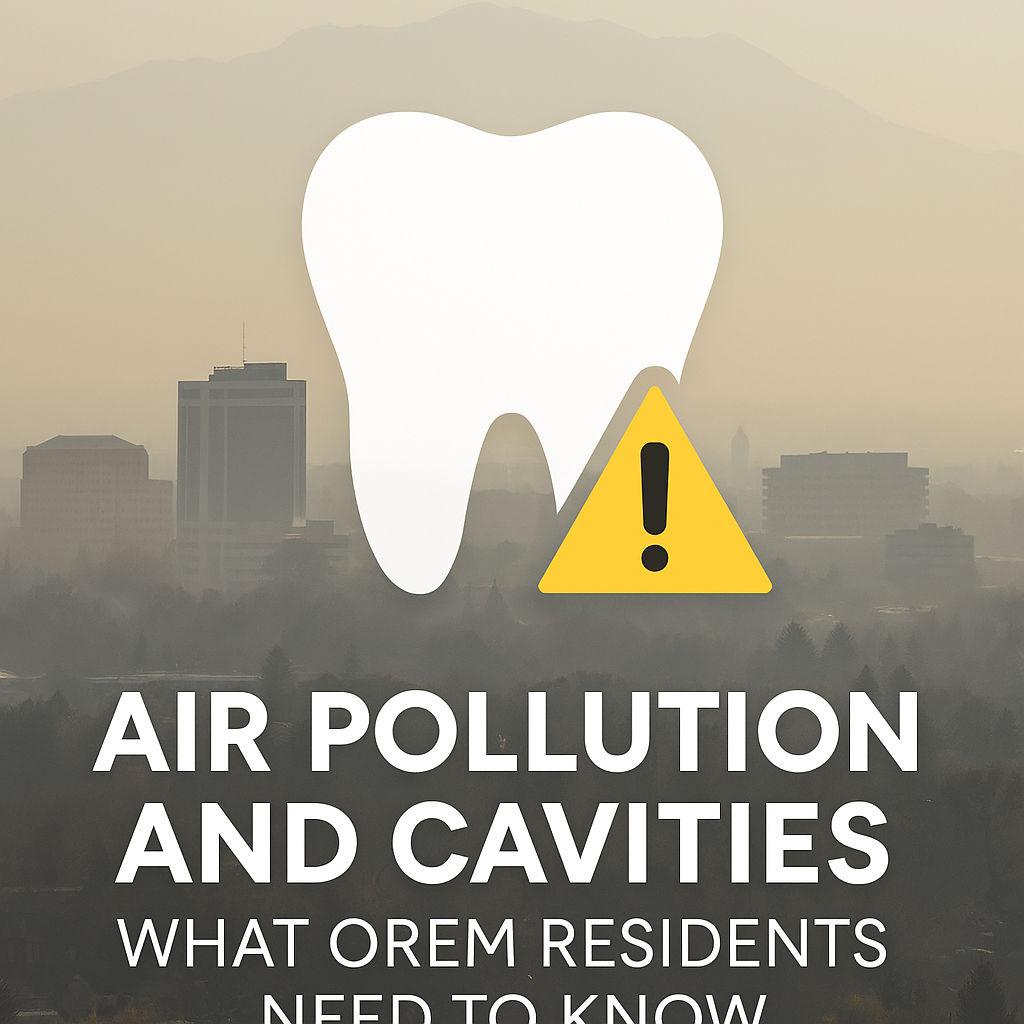Blog Highlights
- Periodontal disease is an infection of the gums
- Moderate to sever periodontal disease is more common in people over the age of 65
- If you suspect you have periodontal disease, visit your dentist immediately
According to the Journal of Dental Research one out of every two adults over the age of 30 has periodontal disease (gum disease). This could mean that up to 65 million U.S. adults have gum disease. Most patients experience mild to moderate periodontal disease, but some suffer from sever periodontal disease.
Periodontal disease is an infection of the gums. It eats away at the tissues that surround the teeth, including the bone. If left untreated, it can lead to tooth loss. Gum disease is often painless, but there are some symptoms to look out for:
- red or tender gums
- bleeding gums
- persistent bad breath
- loosening of permanent teeth
- tooth separation or movement
- change in your bite
- change in the fit or your dentures
Moderate to sever periodontal disease is more common in people over the age of 65. Research also suggests that additional risk factors include being male, having less than a high school education, smoking, or living in poverty predispose some patients. Other risk factors include overall poor oral hygiene, genetics, crooked teeth, pregnancy, diabetes, and some medications including cancer therapy drugs, oral contraceptives, and calcium channel blockers.
If you suspect you have periodontal disease, visit your dentist immediately. Gingivitis, the earliest form of gum disease is, in most cases, reversible with help from your dentist and adopting better oral hygiene habits.
It’s important that you maintain a healthy oral hygiene regime. Brush your teeth twice daily, floss regularly, and make sure you eat a healthy diet. Visit your dentist as directed. Early detection can often save you a lot of pain and trouble in the long run.





